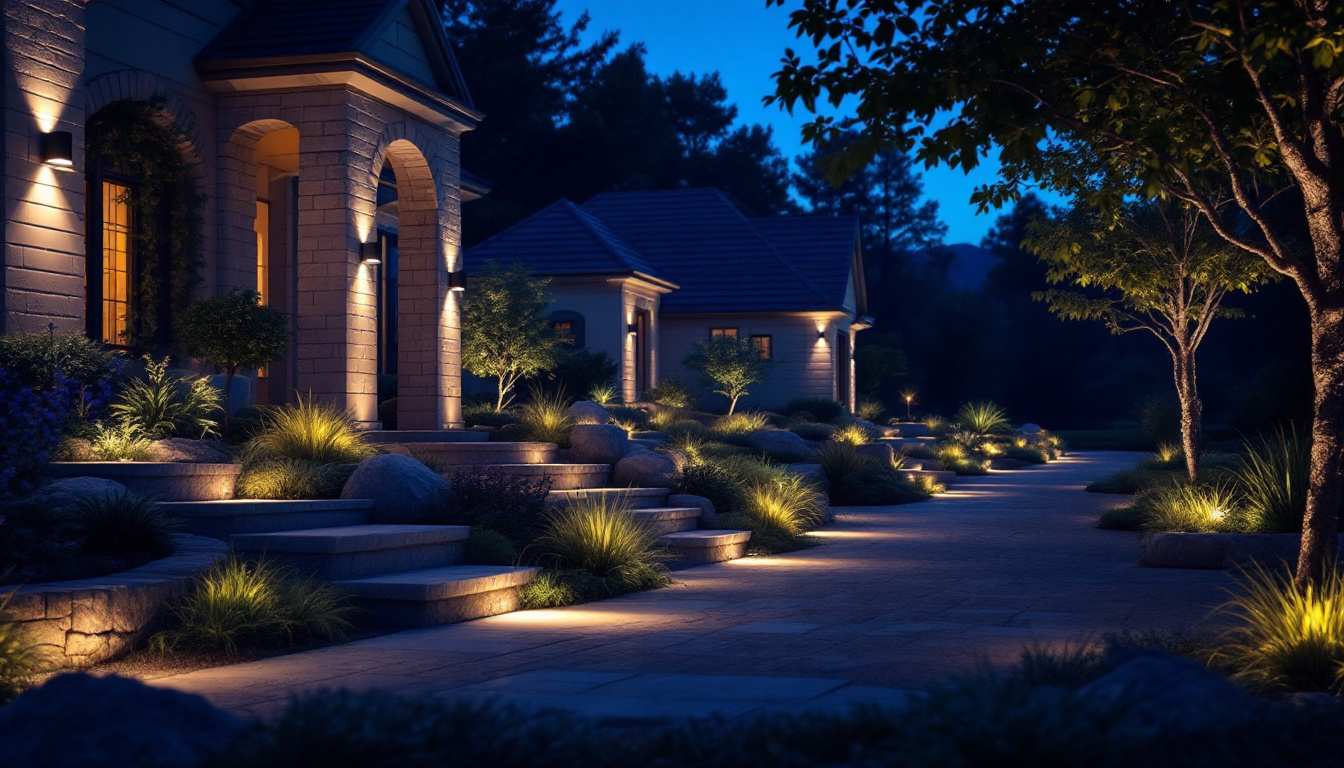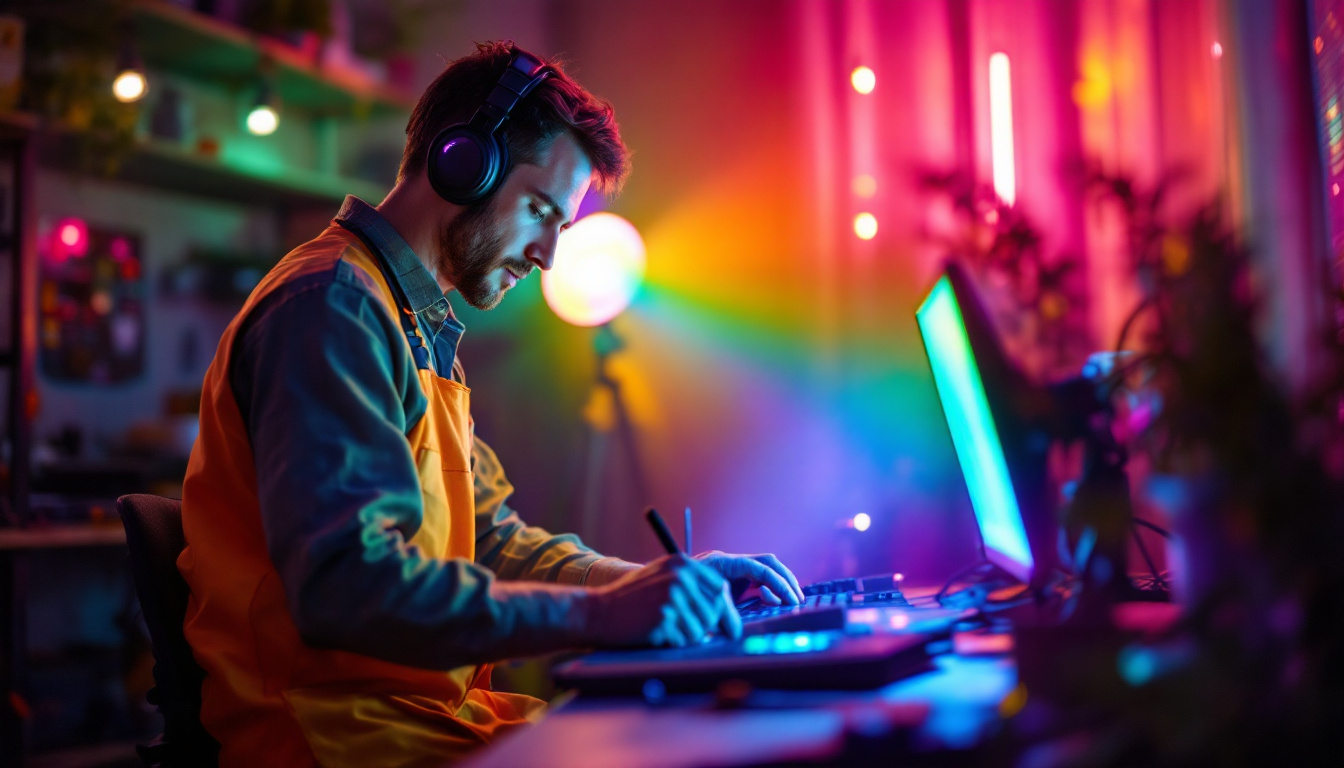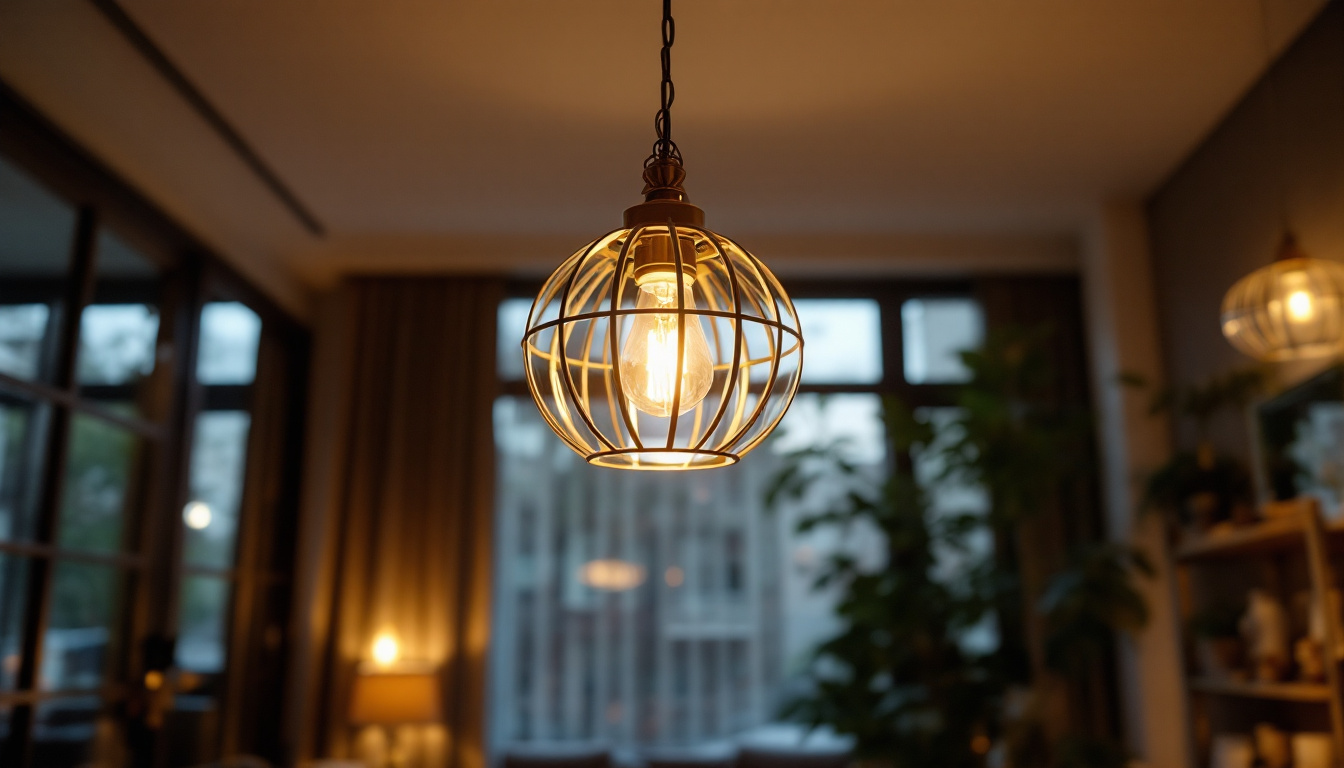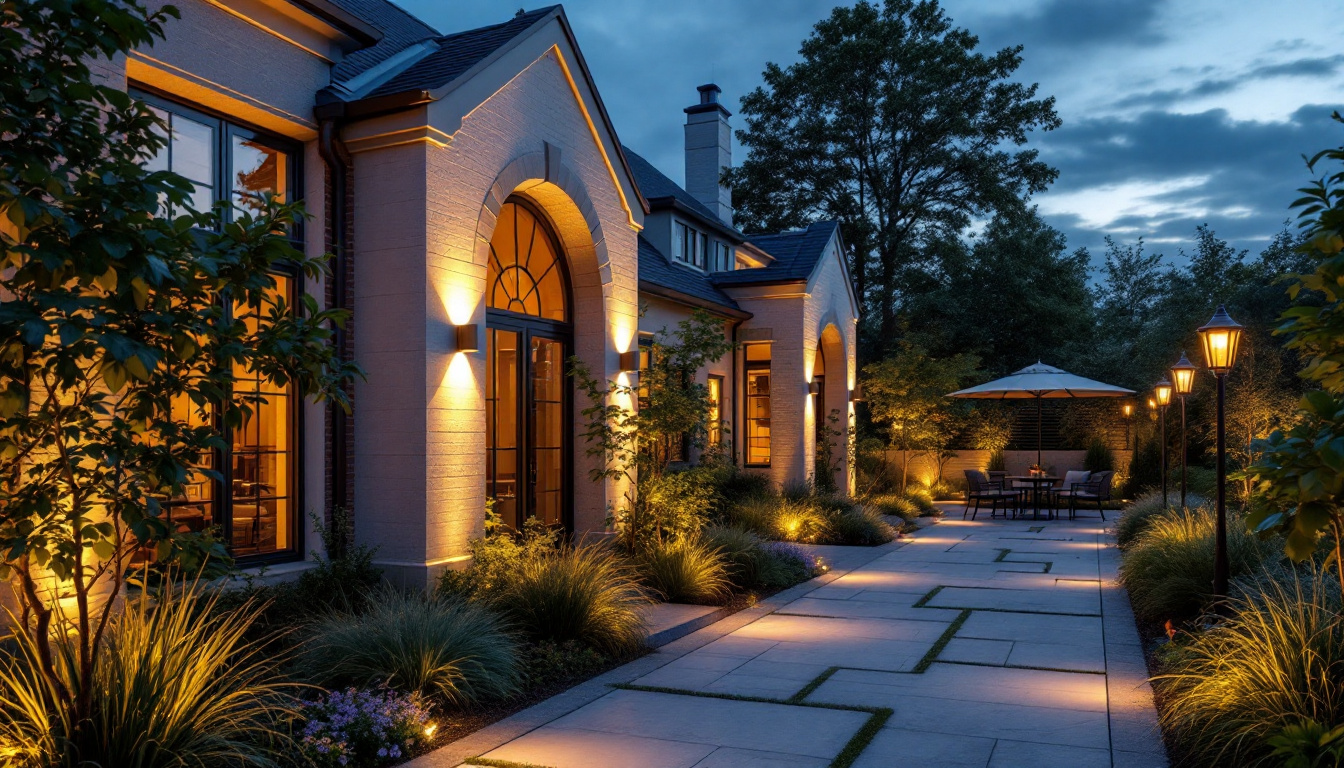

The lighting industry is constantly evolving, with new technologies and standards emerging regularly. One such development is the concept of 6.3 3.2 6.3 3.2, which refers to a specific set of parameters that can significantly influence lighting design and installation. Understanding these parameters is crucial for lighting contractors who aim to deliver optimal solutions to their clients.
This article will delve into the science behind 6.3 3.2 6.3 3.2, exploring its implications for lighting design, installation, and energy efficiency. By grasping these concepts, lighting contractors can enhance their expertise and provide better services to their customers.
At its core, the 6.3 3.2 6.3 3.2 framework emphasizes the importance of balancing various factors such as lumen output, color temperature, and energy consumption. These parameters not only affect the aesthetic quality of a space but also play a pivotal role in determining the overall efficiency of lighting systems. For instance, a well-calibrated lighting design that adheres to the 6.3 3.2 6.3 3.2 guidelines can lead to significant reductions in energy costs while simultaneously improving the visual comfort for occupants. This balance is essential in commercial settings where both productivity and energy savings are paramount.
Furthermore, the adoption of the 6.3 3.2 6.3 3.2 standards can also facilitate compliance with increasingly stringent regulations regarding energy efficiency and sustainability. As governments and organizations worldwide push for greener practices, understanding and implementing these parameters can help lighting contractors stay ahead of the curve. This proactive approach not only benefits the environment but also positions contractors as leaders in a competitive market, showcasing their commitment to innovative and responsible lighting solutions. In this rapidly changing landscape, the ability to adapt and apply such standards is becoming a defining characteristic of successful lighting professionals.
At its core, 6.3 3.2 6.3 3.2 represents a framework for understanding the interplay between various lighting parameters. These numbers can be interpreted as ratios that define the relationship between different aspects of lighting, such as intensity, color temperature, and energy consumption.
For lighting contractors, recognizing the significance of these ratios is essential. They serve as a guideline for achieving balanced and effective lighting solutions that meet both aesthetic and functional requirements.
The first step in comprehending 6.3 3.2 6.3 3.2 is to break down the ratios. The numbers can be seen as indicators of how light interacts with different environments. For instance, the first ‘6.3’ may refer to the optimal luminous intensity needed for a specific application, while ‘3.2’ could denote the ideal color temperature that enhances visibility and comfort.
By analyzing these ratios, lighting contractors can make informed decisions about the types of fixtures and technologies to employ in various settings, whether residential, commercial, or industrial.
In practical terms, the 6.3 3.2 6.3 3.2 framework can be applied to a variety of lighting design scenarios. For example, in a retail environment, achieving the right balance of intensity and color temperature can significantly impact customer experience and product presentation.
Moreover, understanding these ratios allows contractors to tailor their designs to specific client needs, ensuring that the lighting not only meets aesthetic standards but also adheres to energy efficiency guidelines.
In today’s world, energy efficiency and sustainability are paramount considerations in lighting design. The 6.3 3.2 6.3 3.2 framework plays a vital role in guiding contractors toward environmentally friendly solutions.
By optimizing lighting systems based on these ratios, contractors can reduce energy consumption while maintaining effective illumination levels. This not only benefits the environment but also helps clients save on energy costs over time.
When selecting fixtures, lighting contractors should consider how well they align with the 6.3 3.2 6.3 3.2 parameters. For instance, LED technology often provides superior energy efficiency compared to traditional incandescent or fluorescent options. By leveraging the right fixtures, contractors can achieve the desired lighting effects while minimizing energy use.
Additionally, the integration of smart lighting systems can further enhance energy efficiency. These systems allow for automated adjustments based on occupancy and natural light levels, ensuring that energy is used only when necessary.
Another crucial aspect of energy efficiency is compliance with local and national regulations. Many regions have established standards that dictate the maximum allowable energy consumption for lighting systems. By understanding the 6.3 3.2 6.3 3.2 framework, contractors can ensure their designs meet these regulations, avoiding potential fines and enhancing their reputation in the industry.
Staying informed about changes in regulations and standards is essential for lighting contractors. This knowledge not only aids in compliance but also positions contractors as industry leaders who prioritize sustainability and efficiency.
Color temperature is a critical component of the 6.3 3.2 6.3 3.2 framework. It influences how light is perceived in different environments and can significantly affect mood, productivity, and overall satisfaction.
Understanding the appropriate color temperatures for various applications is essential for lighting contractors. For instance, warmer color temperatures (around 2700K to 3000K) are often preferred in residential settings for their cozy and inviting atmosphere, while cooler temperatures (4000K to 5000K) are typically used in commercial environments to promote alertness and focus.
The psychological effects of color temperature should not be underestimated. Research has shown that different color temperatures can evoke various emotional responses. For example, warmer light can create a sense of comfort and relaxation, making it ideal for spaces like living rooms and bedrooms.
Conversely, cooler light can enhance concentration and energy levels, making it suitable for workspaces and educational environments. By applying the principles of 6.3 3.2 6.3 3.2, contractors can design lighting solutions that cater to the specific needs of each space, enhancing both functionality and user experience.
One of the advantages of modern lighting technology is the ability to adjust color temperatures dynamically. This flexibility allows contractors to create adaptable lighting solutions that can change based on the time of day or specific activities occurring within a space.
For instance, a conference room might benefit from cooler light during presentations to keep participants alert, while warmer light can be used during breaks to create a more relaxed environment. By leveraging the 6.3 3.2 6.3 3.2 framework, contractors can design systems that seamlessly transition between different color temperatures, enhancing the overall functionality of the space.
Implementing the 6.3 3.2 6.3 3.2 framework requires thoughtful planning and strategy. Lighting contractors should consider various design strategies to effectively utilize these ratios in their projects.
One effective strategy is layering light. By combining ambient, task, and accent lighting, contractors can create a well-balanced lighting scheme that adheres to the principles of 6.3 3.2 6.3 3.2. This approach not only enhances the visual appeal of a space but also ensures that different areas are illuminated according to their specific functions.
Layering light involves using multiple sources of illumination to achieve a harmonious balance. Ambient lighting provides overall illumination, while task lighting focuses on specific areas where activities take place. Accent lighting, on the other hand, highlights architectural features or artwork.
By carefully considering the ratios of 6.3 3.2 6.3 3.2 during the design process, contractors can ensure that each layer of light complements the others, resulting in a cohesive and functional lighting scheme.
Incorporating advanced lighting control systems can greatly enhance the effectiveness of a lighting design. These systems allow for precise adjustments to intensity and color temperature, enabling contractors to optimize their designs based on the principles of 6.3 3.2 6.3 3.2.
Smart lighting solutions can also provide valuable data on energy usage and occupancy patterns, allowing contractors to make informed decisions about future projects and improvements. By embracing technology, contractors can stay ahead of the curve and deliver cutting-edge lighting solutions to their clients.
Examining real-world applications of the 6.3 3.2 6.3 3.2 framework can provide valuable insights for lighting contractors. Several case studies illustrate how understanding these principles can lead to successful lighting designs that meet client needs and enhance user experiences.
In a recent project for a high-end retail store, contractors utilized the 6.3 3.2 6.3 3.2 framework to create a captivating shopping experience. By carefully selecting fixtures that adhered to the specified ratios, they achieved a balance of luminous intensity and color temperature that highlighted the merchandise while creating an inviting atmosphere.
The result was a significant increase in customer engagement and sales, demonstrating the impact of thoughtful lighting design on retail success.
Another case study involved the redesign of an office space for a technology company. By applying the principles of 6.3 3.2 6.3 3.2, contractors were able to create a dynamic lighting environment that supported productivity and collaboration.
With adjustable color temperatures and layered lighting strategies, employees reported increased satisfaction and performance, showcasing the importance of lighting in workplace design.
Understanding the science behind 6.3 3.2 6.3 3.2 is essential for lighting contractors seeking to enhance their expertise and deliver effective lighting solutions. By grasping the significance of these ratios, contractors can optimize their designs for energy efficiency, aesthetic appeal, and user satisfaction.
As the lighting industry continues to evolve, staying informed about new technologies and standards will empower contractors to remain competitive and innovative. Embracing the principles of 6.3 3.2 6.3 3.2 will not only benefit individual projects but also contribute to the overall advancement of the lighting profession.
Ready to apply the principles of 6.3 3.2 6.3 3.2 to your lighting projects? At LumenWholesale, we provide lighting contractors with the tools to succeed. Our spec-grade lighting products not only meet the highest industry standards but are also available at unbeatable wholesale prices. Say goodbye to inflated markups and hello to quality, affordability, and convenience. Plus, with free shipping on bulk orders, you can stock up on premium lighting without worrying about hidden fees. Elevate your lighting solutions today and ensure every project shines. Discover the value that awaits at LumenWholesale – Wholesale Lighting at the Best Value.

Discover essential insights for lighting contractors in our comprehensive guide to landscape lighting.

Discover the comprehensive guide to mastering RGB lighting with “RGB Light 15: The Ultimate Handbook for Lighting Contractors.” Uncover expert tips, innovative techniques, and essential tools to elevate your lighting projects and stay ahead in the industry.

Unlock the secrets of hanging ceiling lights with our comprehensive guide tailored for lighting contractors.

Discover the ultimate guide to mastering recessed exterior lights with insights from top lighting contractors.
Get notified when NEW deals are released.
Optimize your budget with wholesale discounts.
Only top-quality, specification-grade lighting products.
No additional costs at checkout - what you see is what you pay.
We understand the unique needs of contractors.